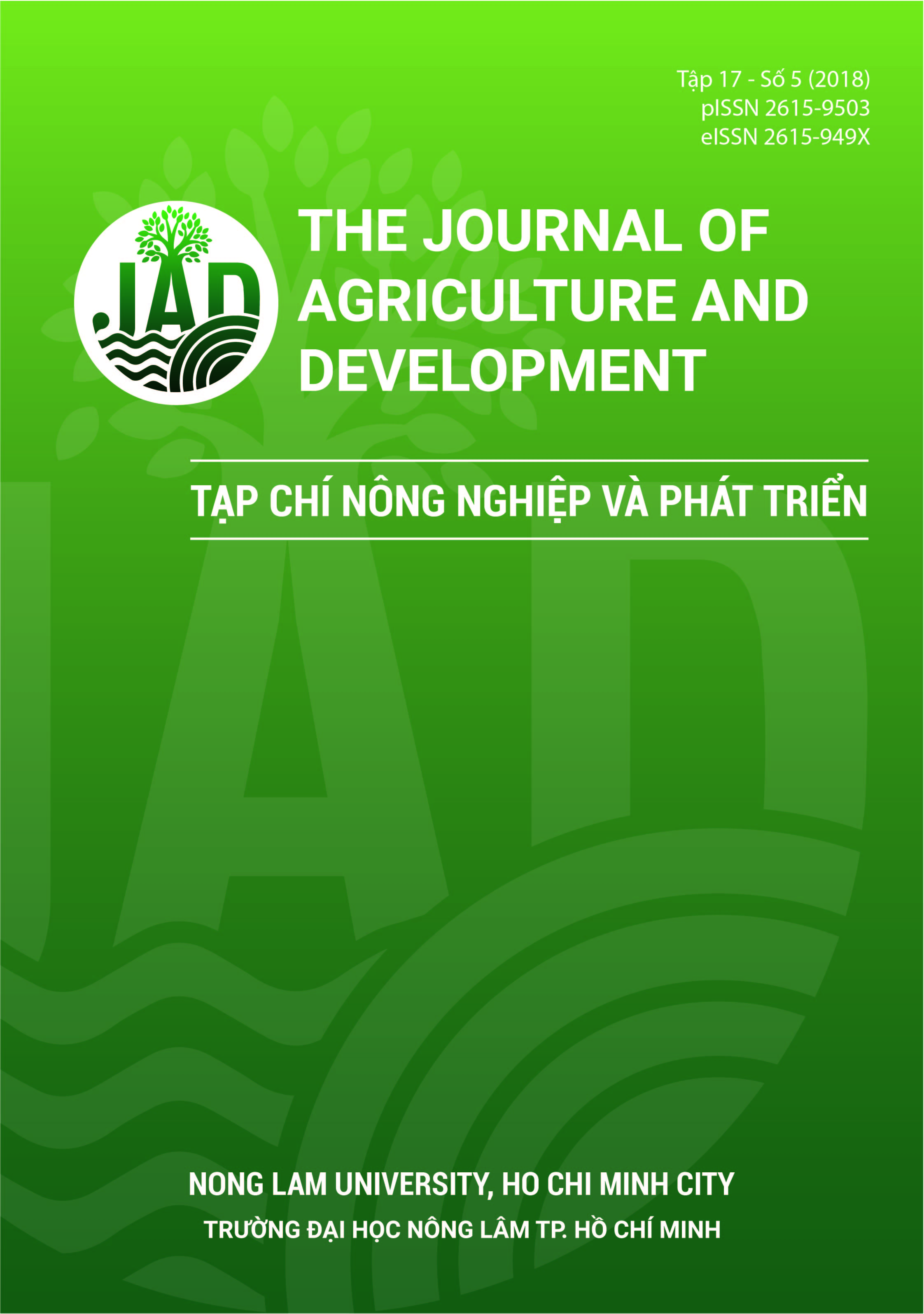Determination of malondialdehyde and glutathione levels in the liver of mice orally administered with a mixture of the aqueous extracts of Ganoderma lucidum (Curtis) P. Karst, Mint (Mentha avensis L.) and stevia (Stevia rebaudiana Bertoni)
Main Article Content
Abstract
Oxidative stress has been studied by scientists because it is a factor increasing diseases, such as cancer, diabete... through the production of harmful free radicals to the body. Ganoderma lucidum (Curtis) P. Karst is always considered an important drug in the prevention and treatment of diseases by the action of polysaccharide and triterpenoid. In addition, Stevia rebaudiana Bertoni has recently been shown to have antioxidant and anti-inflammatory properties. Mint (Mentha avensis L.) is a common medicinal herb. The mixture consisting of the aqueous extract of Ganoderma lucidum (Curtis) P. Karst, mint and stevia powder had a high antioxidant activity, in free radical scavenging method (DPPH), reaching 85.7% at concentration 1000 µg/mL and valuable IC50 was 559.7 µg/mL. For in vivo study on the model of cyclophosphamide-induced liver damage in white mice, the concentrations of malondialdehyde and glutathione in liver showed that the mixture had antioxidant activity in the direction of hepatoprotective effect.
Article Details
References
Del Rio, D., Stewart, A. J., & Pellegrini, N. (2005). A review of recent studies on malondialdehyde as toxic molecule and biological marker of oxidative stress. Nutrition, Metabolism and Cardiovascular Diseases 15(4), 316-328. https://doi.org/10.1016/j.numecd.2005.05.003
Le, M. T. (2016). Evaluation of oxidative stress in colorectal cancer patients (Unpublished master’s thesis). Ha Noi National University, Ha Noi, Vietnam.
Nguyen, H. T. T., & Nguyen, H. T. N. (2010). Study on antioxidant effects of Ganoderma lucidum on cyclophosphamide-induced hepatotoxicity. HCMC Journal of Medicine 14(2), 129-134.
Nimse, S. B., & Pal, D. (2015). Free radicals, natural antioxidants, and their reaction mechanisms. RSC Advances 5(35), 27986-28006. https://doi.org/10.1039/C4RA13315C
Ortiz-Viedma, J., Romero, N., Puente, L., Burgos, K., Toro, M., Ramirez, L., & Aubourg, S. P. (2017). Antioxidant and antimicrobial effects of stevia (Stevia rebaudiana Bert.) extracts during preservation of refrigerated salmon paste. European Journal of Lipid Science and Technology 119(10), 1-9. https://doi.org/10.1002/ejlt.201600467
Qujeq, D., Aliakbarpour, H. R., & Kalavi, K. (2004). Relationship between malondialdehyde level and glutathione peroxydase activity in diabetic rats. Clinica Chimica Acta 340(1-2), 79-83. https://doi.org/10.1016/j.cccn.2003.09.023
Sinik, Z., Turan, T., Demir, S., Yilmaz, U., Sert, S., & Aybek, Z. (2005). The effect of partial unilateral ureteral obstruction release and allopurinol on the renal malondialdehyde and glutathione levels. International Journal of Urology 12(11), 990-993. https://doi.org/10.1111/j.1442-2042.2005.01184.x
Wachtel-Galor, S., Yuen, J., Buswell, J. A., & Benzie, I. F. (2011). Ganoderma lucidum (Lingzhi or Reishi). In Wachtel-Galor, S. (Ed.). Herbal Medicine: Biomolecular and Clinical Aspects (2nd ed.). Florida, US: CRC Press/Taylor & Francis.
Yan, X. J., Gong, L. H., Zheng, F. Y., Cheng, K. J., Chen, Z. S., & Shi, Z. (2014). Triterpenoids as reversal agents for anticancer drug resistance treatment. Drug Discovery Today 19(4), 482-488. https://doi.org/10.1016/j.drudis.2013.07.018








